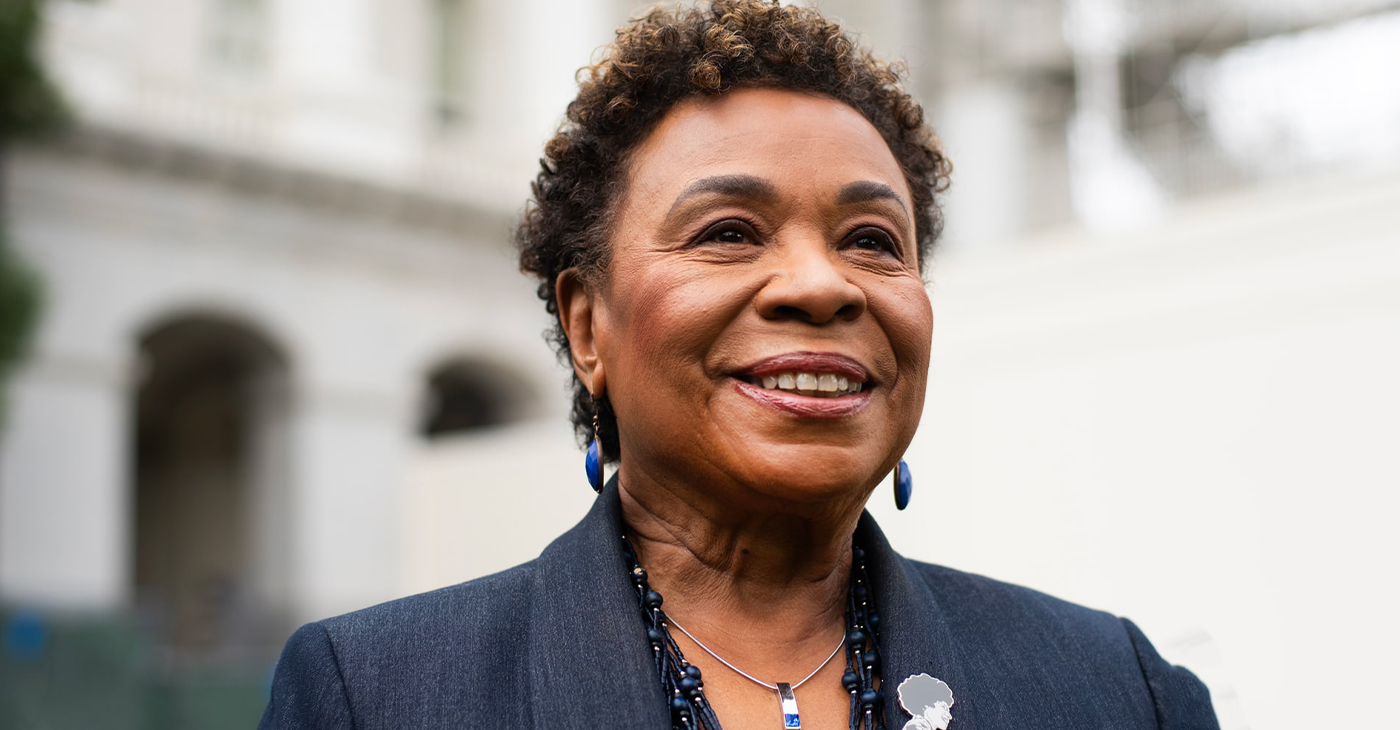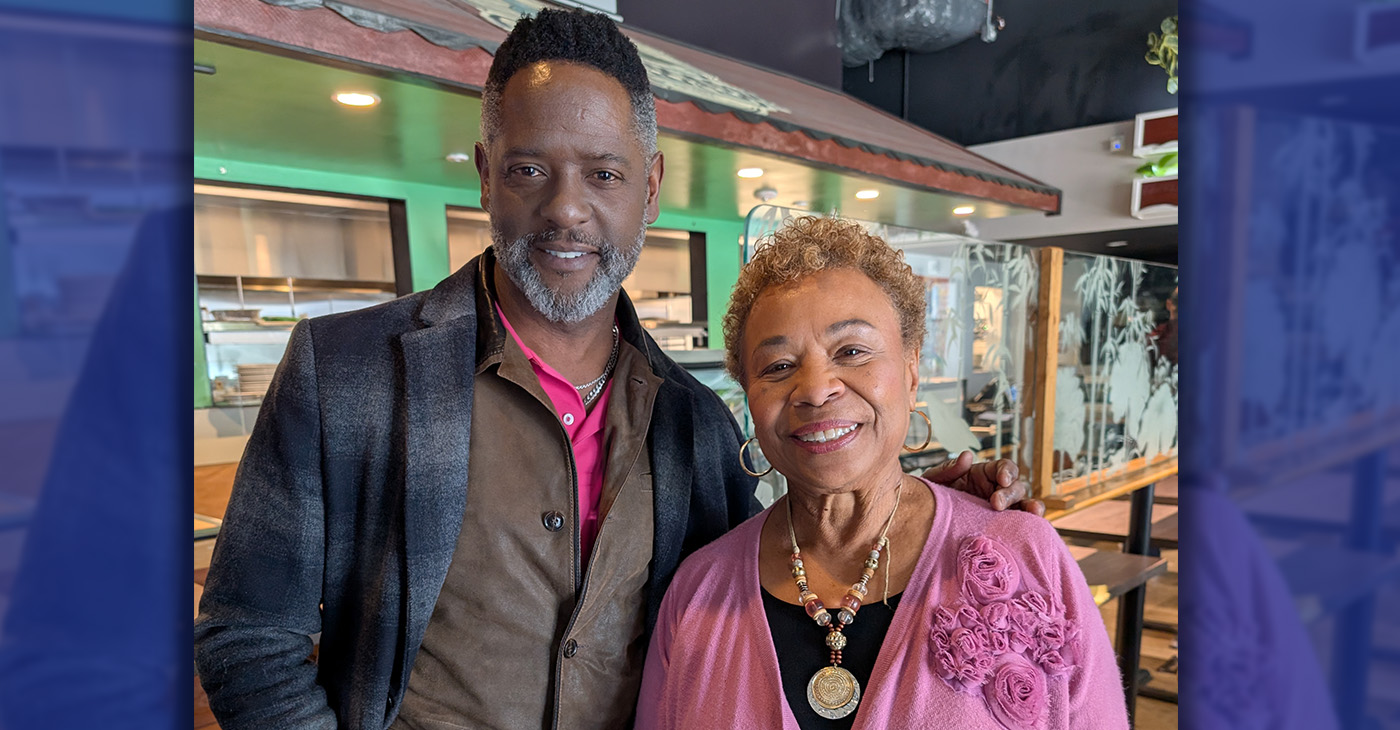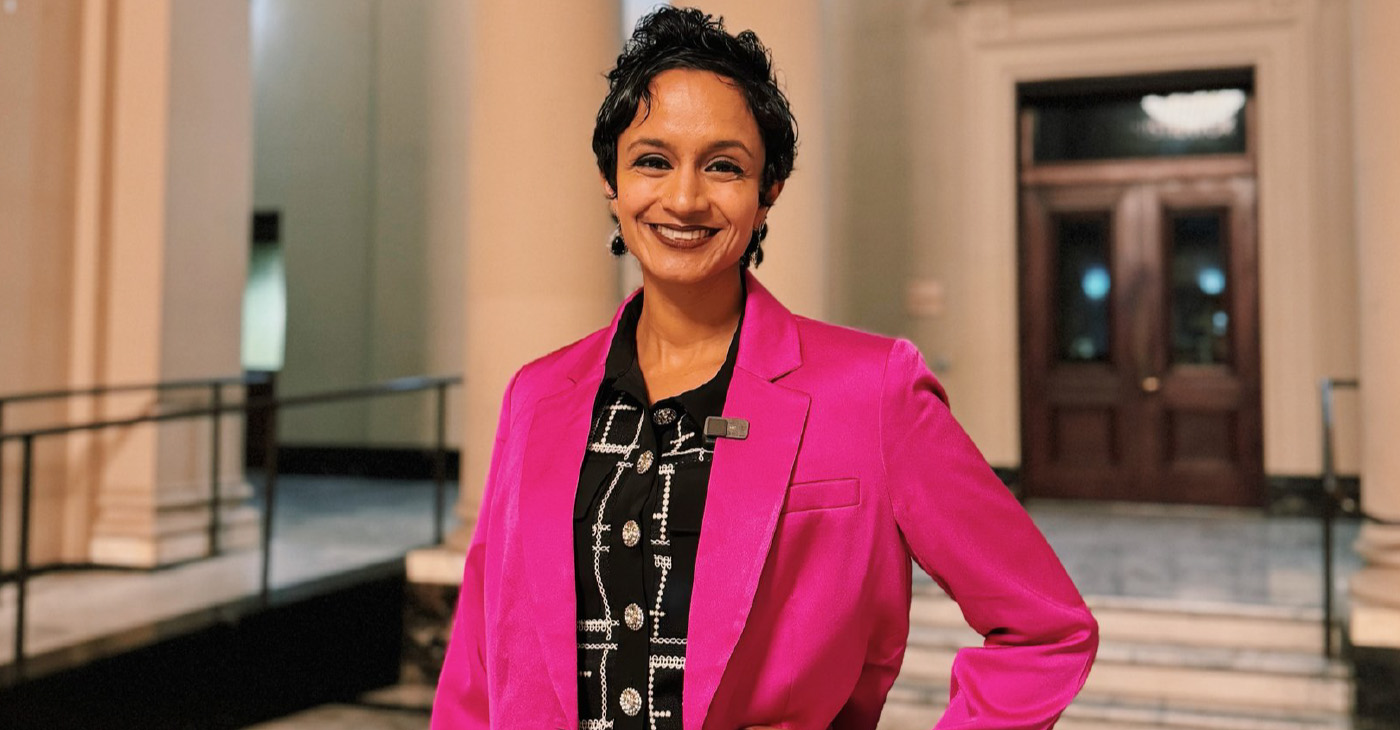Op-Ed
Getting Black Athletes to Use Black Agents
By Everett L. Glenn
NNPA Guest Columnist
Noted sports columnist William Rhoden penned an article a month ago in the New York Times under the headline, “Diverse Representation for Players, Without Regulation.” It examined what he called “one of the more intriguing concepts to emerge” (during Super Bowl festivities): the suggestion that there should be an initiative for players, especially those in the league’s Black majority, to consider African-Americans as they pick agents and lawyers.
In Rhoden’s opinion, the thought that such an initiative could persuade Black players to consider Black representation has to do with “trust, familiarity and, in some cases, a mentality of questioning the ability of African-American agents.”
He wrote, “Arizona Cardinals linebacker Lorenzo Alexander said he was pragmatic when it came to selecting an agent. “I’m trying to get the best guy, black or white,” he said. “If I’m trying to find who has the best leverage for me, I’m going to go wherever that may be – who has the most power, who has the most relationships.” Alexander added, “A young black guy may be awesome, but if he doesn’t have the connections and the relationships needed for me to leverage myself, then I can’t go with him.”
My experience tells me that the real problem is the misconception that agents are the ones’ who wield the power. A player’s skill level (as perceived by team personnel professionals), performance and character are the three determinative factors in the entire process. Talent rules, and agents go along for the ride. Period.
Beyond that, individual team needs, depth (or lack thereof) at a particular position and adaptability to a team’s offensive or defensive scheme are the only other variables that factor into the draft flow. The college coaching and medical staffs are the only outside source consulted by teams.
As a result, the top agents identify and recruit solely from among the players rated in the top 10-15 at their position. A player who is not projected to be drafted need not worry about being bombarded with pitches from agents. There is no “magic dust” to draw attention to a player and no “power” or “relationship” that can overcome a lack of skill or character. The evaluations are so complete that draft prognosticators like Mel Kiper can practically predict the flow of the draft in advance.
Don’t get me wrong, there is a useful role for a player agent that would include ensuring that the client have at least a working knowledge of their various duties, obligations and benefits under the collective bargaining agreement. A skilled agent can also help a client identify and develop their non-athletic competencies with much more focus and strategy. Access to and contact with the non-league business, educational and political contacts could also prove helpful in the player’s transition. .
Unfortunately, the most “value” agents bring to the table is financing the player’s decision to forego his final semester in school prepare for the combine. According to Bengals head coach Marvin Lewis, “the one that just kills me is that they spend three or four years with a strength coach on a college campus and as soon as the season’s over they go somewhere else to some guy who doesn’t know them from a hole in the wall and pay this guy a bunch of money. It doesn’t make any sense at all. It used to be that they had to pay for it and now it’s part of the agent deal. They’ve cultivated a whole industry out of it. It doesn’t make sense.” “When it comes to evaluating talent in the draft, the film doesn’t lie” according to Lewis.
As a pioneering sports agent/attorney, I have had a front-row seat observing how White agents and even the few experienced African-American agents/attorneys make the process of transitioning from college to professional sports seem overwhelming and complicated as a way to justify their existence, retention and compensation.
The top athlete agencies collectively manage more than $10 billion in player contracts. Those firms represent the vast majority of NBA and NFL players, and practically all of the stars and superstars. Even so, according to Sports Illustrated, by the time former NFL players have been retired for two years, nearly 80 percent of them “have gone bankrupt or are under financial stress because of joblessness or divorce.” Within five years of retirement, SI reports that approximately 60 percent of former NBA players are broke. The two most amazing meltdowns in recent sports history, involves Allen Iverson and Antoine Walker who reportedly lost a combined $320 million.
So despite their perceived “power” and “influence,” White agents have not been able to stop the bleeding. It would wiser for an athlete to consider an agent’s skills and character, not the color of his or her skin.
Everett L. Glenn, an attorney and former sports agent, was one of the first agents to represent multiple NFL and NBA first-round draft picks in the same year. His clients have included three NFL Hall of Fame inductees and 11 first-round draft picks. He can be reached at eglenn@thensa.org.
###
Activism
Oakland Post Endorses Barbara Lee
Barbara Lee will be able to unify the city around Oakland’s critical budget and financial issues, since she will walk into the mayor’s office with the support of a super majority of seven city council members — enabling her to achieve much-needed consensus on moving Oakland into a successful future.

As we end the celebration of Women’s History Month in Oakland, we endorse Barbara Lee, a woman of demonstrated historical significance. In our opinion, she has the best chance of uniting the city and achieving our needs for affordable housing, public safety, and fiscal accountability.
As a former small business owner, Barbara Lee understands how to apply tools needed to revitalize Oakland’s downtown, uptown, and neighborhood businesses.
Barbara Lee will be able to unify the city around Oakland’s critical budget and financial issues, since she will walk into the mayor’s office with the support of a super majority of seven city council members — enabling her to achieve much-needed consensus on moving Oakland into a successful future.
It is notable that many of those who fought politically on both sides of the recent recall election battles have now laid down their weapons and become brothers and sisters in support of Barbara Lee. The Oakland Post is pleased to join them.
Activism
Actor, Philanthropist Blair Underwood Visits Bay Area, Kicks Off Literacy Program in ‘New Oakland’ Initiative
These community activations were coordinated with the San Francisco-based non-profit program “Room to Read.” Ray said he is also donating his time to read and take pictures with students to encourage their engagement and to inspire them to read more. The inspirational book “Clifford Ray Saves the Day” highlights Clifford Ray’s true story of saving a dolphin.

By Paul Cobb
New Oakland Series
Opinion Part 3
The Post mentioned three weeks ago that a number of our local luminaries were coming together to support the “New Oakland” movement. As this current national administration continues to eliminate our “legacy” institutional policies and programs left and right, most communities find themselves beyond “frozen” in fear.
Well, esteemed actor, long-time Bay Area supporter, and philanthropist Blair Underwood returned to Oakland this week to speak with city leaders, community trust agents, students, the Oakland Post, and local celebrities alike to continue his “New Oakland” initiative.
This week, he kicked off his “Guess Who’s Coming to Read” literacy program in some of Oakland’s middle schools. Clifford Ray, who played the center position of the 1975 World Champion Golden State Warriors, donated close to 1,000 books. Ray’s fellow teammate Charles “The Hopper” Dudley also gave Converse sneakers to students.
These community activations were coordinated with the San Francisco-based non-profit program “Room to Read.” Ray said he is also donating his time to read and take pictures with students to encourage their engagement and to inspire them to read more. The inspirational book “Clifford Ray Saves the Day” highlights Clifford Ray’s true story of saving a dolphin.
Underwood also spent quality time with the Oakland Ballers ownership group and visited the amazing Raimondi Park West Oakland community revitalization site. In the 1996 TV film Soul of the Game, Underwood played the role of the legendary first Black Major League Baseball player Jackie Robinson and commended the Ballers owners.
“This group of sports enthusiasts/ philanthropists needs to be applauded for their human capital investment and their financial capital investment,” Underwood said. “Truly putting their money and passion to work,” Underwood said.
Underwood was also inspired by mayoral candidate Barbara Lee’s open-minded invitation to bring public-private partnership opportunities to Oakland.
Underwood said he wants to “reinforce the importance of ‘collaborative activism’ among those most marginalized by non-empathic leadership. We must ‘act out’ our discomfort with passionate intentions to create healthy change.”
Activism
Councilmembers Ramachandran, Kaplan, Unger Identify Funds to Save Oakland Fire Stations
Our budget crisis – one of the worst in Oakland’s history – is compounded by the fact that people do not feel safe coming to Oakland due to our public safety crisis. By investing in our fundamental public safety resources today, we can send a signal to the world that Oakland is open for business. We have such a rich and vibrant culture, arts, and food scene that is worth celebrating – but we can only showcase this if we are able to keep our neighborhoods safe. Having fully functioning fire stations are absolutely essential to these efforts.

By Janani Ramachandran
There is no greater concern to the people of Oakland today than public safety. Fire stations are the bread and butter of essential city services – and every day that we have stations shuttered, we imperil the lives of our community members. In response to widespread outcry over the current and planned closure of stations, myself, along with Councilmembers Kaplan and Unger, have painstakingly worked to identify millions of dollars of new funding to save our stations. The legislation we introduced on Thursday, February 13th, will amend our budget to prevent the closure of four fire stations that are currently on the chopping block due to our budget crisis and will re-open two closed stations that have already been closed – Station 25 and 28 – in the near future. The resolution that will provide the funding to keep our stations open will go before the full City Council for a vote at our meeting on Tuesday, March 4th at 3:30 PM – and we invite you to join us at City Hall to share your perspective on the topic.
Our budget crisis – one of the worst in Oakland’s history – is compounded by the fact that people do not feel safe coming to Oakland due to our public safety crisis. By investing in our fundamental public safety resources today, we can send a signal to the world that Oakland is open for business. We have such a rich and vibrant culture, arts, and food scene that is worth celebrating – but we can only showcase this if we are able to keep our neighborhoods safe. Having fully functioning fire stations are absolutely essential to these efforts.
With the devastating Los Angeles fire at the top of people’s minds, terrible memories of Oakland’s own wildfires are re-surfacing from the 1991 Oakland Hills Firestorm to the Keller fire just a few months ago – and how essential fire stations are to mitigating these catastrophes. But in Oakland, our fire stations don’t just fight wildfires – they also provide emergency medical services to our most vulnerable constituents, put out structural fires and encampment fires, and much more.
We recognize that there are a number of competing interests and important initiatives fighting for sparse City resources. But from my perspective, core safety services are the most pivotal functions that a City must spend its resources on – especially given the outcry we have heard around fire stations.
The fight to save our stations is not over. The resolution we introduced is a critical first step, and there are hurdles to overcome. If you support keeping our fire stations open, we invite you to be a part of the solution by making your voice heard at the March 4th City Council meeting at 3:30 pm.
-

 Activism3 weeks ago
Activism3 weeks agoOakland Post Endorses Barbara Lee
-

 Activism4 weeks ago
Activism4 weeks agoOakland Post: Week of March 28 – April 1, 2025
-

 Activism3 weeks ago
Activism3 weeks agoOakland Post: Week of April 2 – 8, 2025
-

 #NNPA BlackPress3 weeks ago
#NNPA BlackPress3 weeks agoTrump Profits, Black America Pays the Price
-

 Activism2 weeks ago
Activism2 weeks agoOakland Post: Week of April 9 – 15, 2025
-

 #NNPA BlackPress3 weeks ago
#NNPA BlackPress3 weeks agoHarriet Tubman Scrubbed; DEI Dismantled
-

 #NNPA BlackPress3 weeks ago
#NNPA BlackPress3 weeks agoLawmakers Greenlight Reparations Study for Descendants of Enslaved Marylanders
-

 #NNPA BlackPress3 weeks ago
#NNPA BlackPress3 weeks agoTrump Targets a Slavery Removal from the National Museum of African-American History and Culture



























































